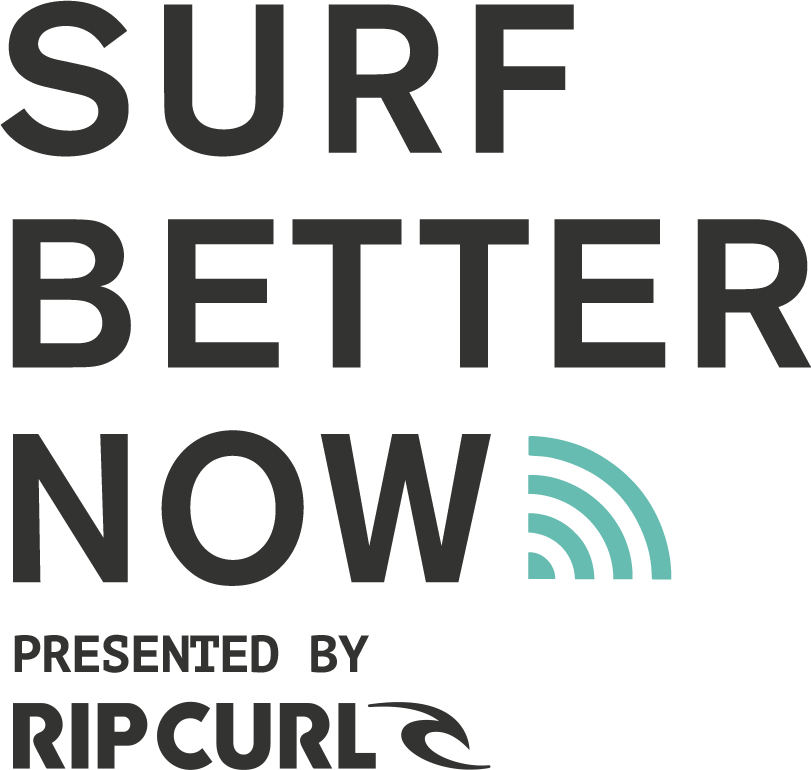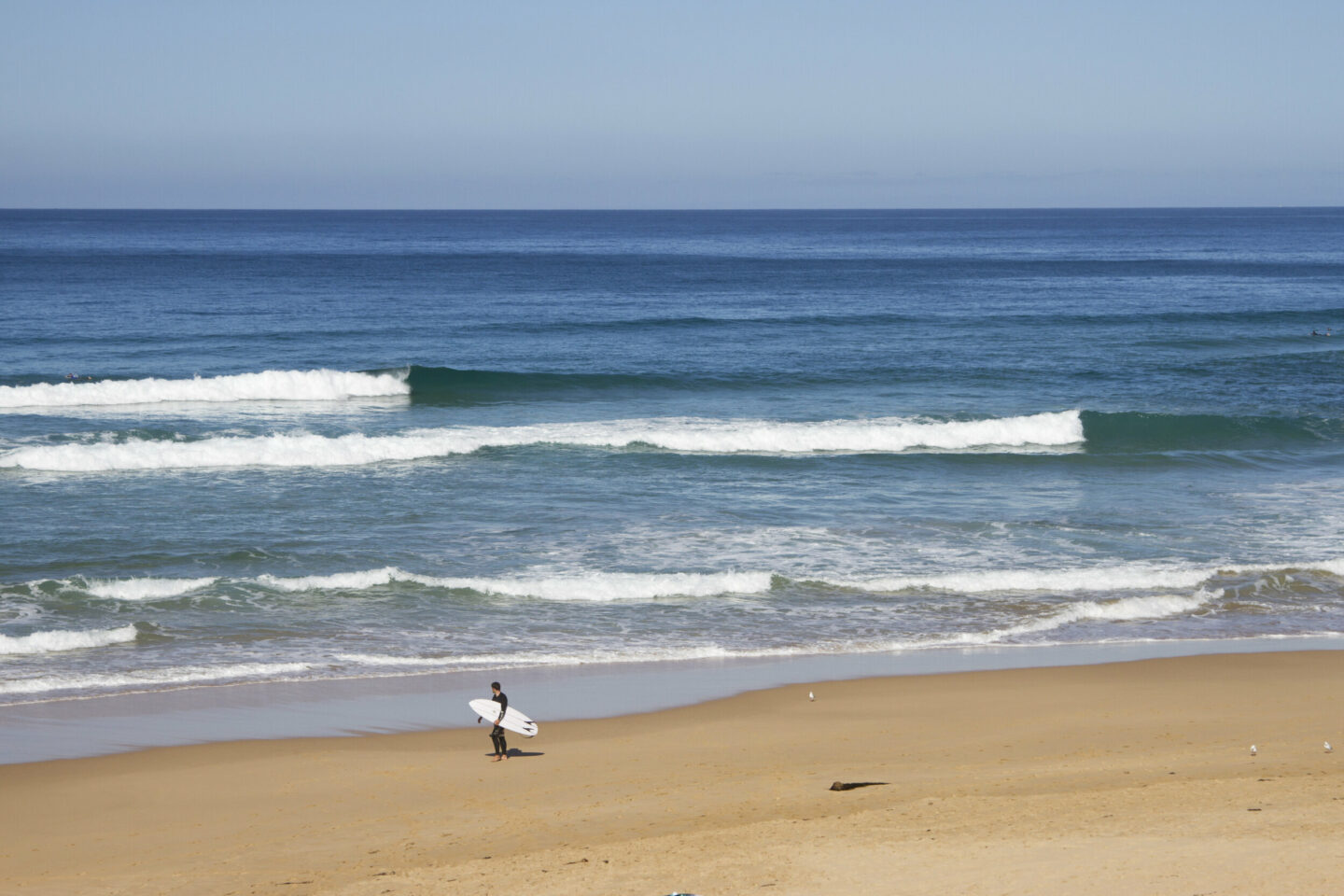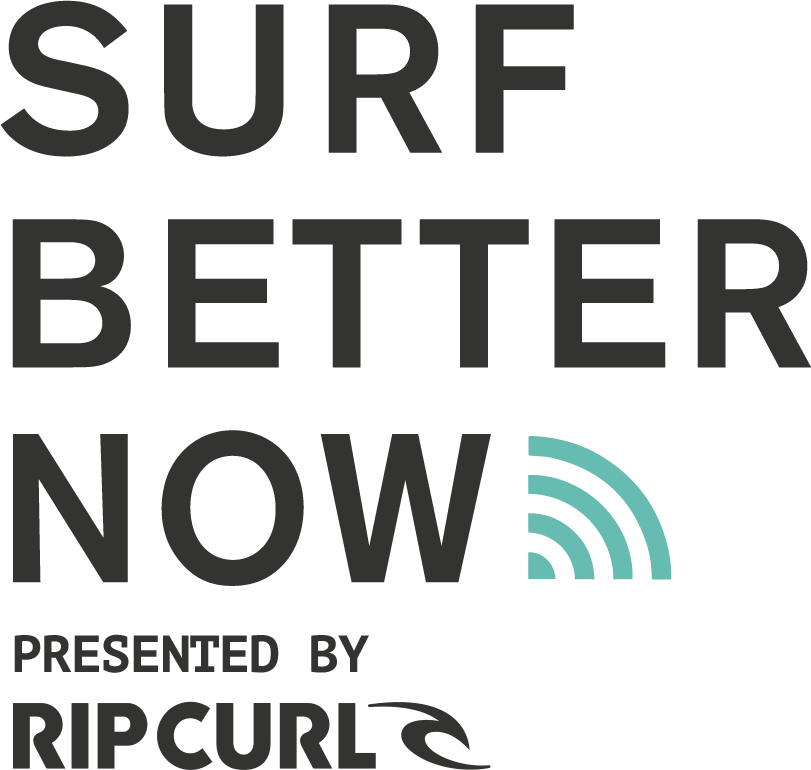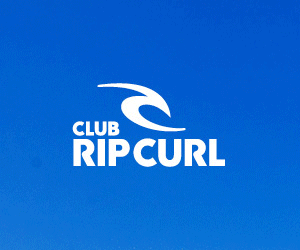Wave/ Swell Period:
This will often indicate the power of the waves. Groundswells tends to bring periods of 10-20 seconds are are typically stronger, where as wind swells are weaker at 0-10 seconds.
Swell Direction:
A no brainer this one; the direction from which the swell is coming. Normally expressed via a cardinal point (N,S,E,W) or specific degrees.
Generally speaking beaches that face the direction of the swell will get bigger waves.
Wind Speed and Direction:
Wind is the primary factor in wave and swell formation. It also can greatly affect the wave structure and quality. There are three main terms to understand for wind direction for any given beach.
Offshore, Onshore and Cross-shore. These name are self explanatory. Offshore means the wind is blowing away from the shore, this will help to keep the wave face clean and hold for longer before breaking.
The reverse for onshore, winds blowing towards the beach tend to ruin the wave face quality and hold for less.
Cross-shore wind means the wind is blowing across the beach and is typically accompanied with chops along the wave face.
Moon Phases and Tides:
A full or new moon will create higher high tides and lower low tides. When the moon is in its earlier stages, such as quarter moon, the differences between low and high tides will be much smaller.
Tides tend to affect certain breaks differently. At some spots, when the tide is too low waves close out. At others when the tide is too high, waves won’t break until too close to the shore.
Knowing which tide your given break works best on will help you to pin point the best window to surf, when combined with a good analysis of the surf report and forecast.
Here is a snippet of a surf report for Bells Beach from Magic Seaweed. It shows the direction the beach faces with a compass for reference.
As the beach predominantly faces south east, we know that an ideal offshore wind would be coming from the north west. This report labels it as offshore for us, noting the light strength of 3mph.








